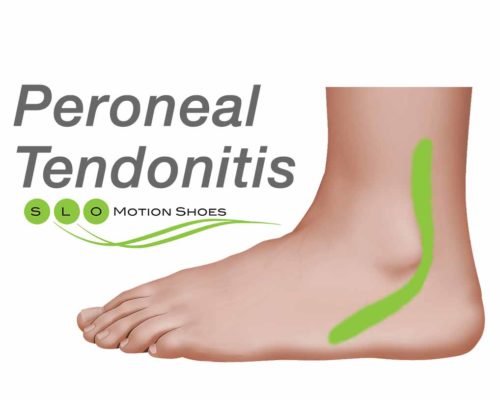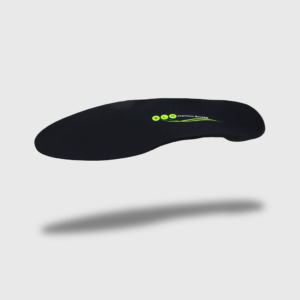The peroneal tendons connect the muscles of the outer part of the calf to the foot. They run along the outer side of the lower leg and ankle bone, and attach to inside of arch and outside portion of the foot. The two most common injuries are inflammation (peroneal tendonitis) and tearing (peroneal attenuation).

Symptoms
Persistent pain around the back and outside of foot
Tenderness and swelling
Pain comes on gradually over course of weeks/months
Pain worsens with activity and eases with rest
Turning foot inwards (inversion) causes pain
Causes
Ankle sprains
Overuse from sudden increase in training
Inappropriate footwear or poor training technique
Sports that require quick pivoting movements
Walking or running on uneven terrain
Abnormal foot position, such as inwardly turned heel (hindfoot varus) or high arches
Muscle imbalance in the calf
Excessive curvature of the lower leg
Treatments
Treatment depends on type of peroneal injury. Focus is on reducing inflammation and resting area to allow healing. Early diagnosis and treatment is essential for best results. Peroneal tendon injuries take time to heal, and surgery is sometimes necessary.
RICE protocol: Rest, Ice, Compression, Elevation
Over the counter pain medication, such as ibuprofen (Advil, Motrin) or naproxen (Aleve), as needed
Immobilization with cast, splint, or CAM boot
Ankle brace
Wide shoe with firm sole
Orthotic or shoe insert with padding
Physical therapy
The peroneus longus and brevis muscles which make up the Peroneal tendon are located on the outside portion of the lower leg course along the outside ankle bone or fibula attaching on the bottom of the arch as well as the outside portion of the foot on the fifth metatarsal bone.
Both of these muscles function to stabilize the foot on the ground during walking and resist the forces that cause ankle sprains. When these muscles function under stress inflammation can result. This Inflammation or tendonitis is the cause of pain to the outside portion of the foot and ankle. Prior ankle sprains, walking on irregular terrain or excessive curvature of the lower leg are a few of the potential causes of Peroneal Tendonitis. PersistentPeroneal Tendonitis may indicate a tendon tear or attenuation might be present. Attenuation can occur after just one ankle sprain or may occur slowly while the tendons are under stress from excessive lower leg curvature. The diagnosis of Peroneal Attenuation can be confirmed by a MRI study. Pain in both of these conditions is usually worse with initial standing from a sitting position and may be associated with swelling.
Treatment including rest, anti-inflammatory medications and ankle bracing may be required. If the pain is significant the use of a removable boot or CAM boot or an ankle sports brace may be required to rest the tendon. Shoes can have a tremendous impact on the development as well as recovery for this condition. The sole of the shoe should be firm and wide to decrease the stress on the outside ankle. An orthotic or shoe insert with padding modification can be used to help support the ankle thus reducing stress on the tendons.
Peroneal Tendonitis: Causes, Diagnosis, and Treatment
Peroneal Tendon Injuries Discussion Board
Select a View
Click on the view that most represents the area of discomfort that you are experiencing. Drag your cursor over your area of concern to obtain a brief description of the potential condition.
Suggested Product
-

Valgus Orthotic
$75.00Our max support orthotic features postings on the heel and midfoot.Select options







